Deck & Commander Strategies
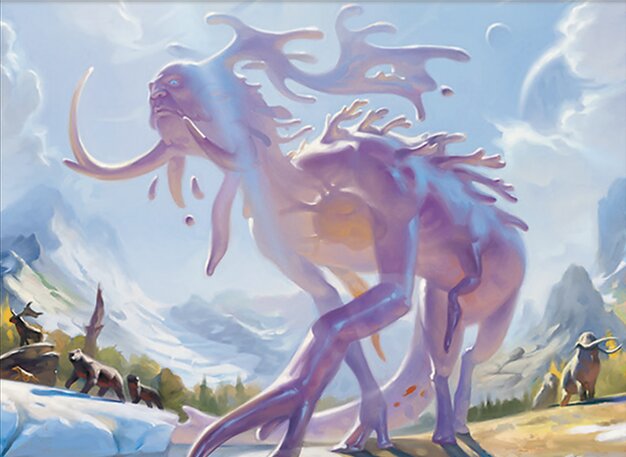
Morophon, the Boundless
Utilizes Lich tribal synergy to gain life, draw cards, and exile permanents upon losing life, aiming to survive and outvalue opponents through resilience and unique life manipulation.
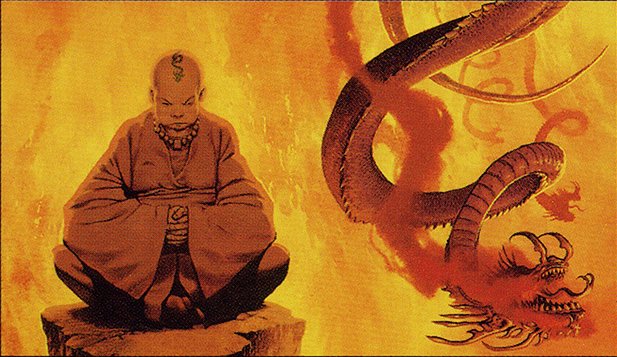
Homura, Human Ascendant // Homura's Essence
A mono-red go-wide token strategy that leverages Homura's flip enchantment to grant +2/+2 and firebreathing to all creatures, enabling aggressive board-wide damage and pumping creatures for lethal attacks.

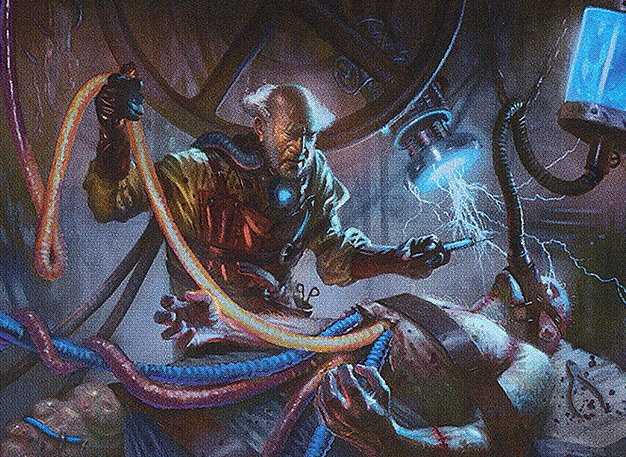
Ludevic, Necro-Alchemist and Tevesh Szat, Doom of Fools
A Grixis steal-and-control deck that disrupts opponents by stealing permanents and generating value through partner synergy, aiming to dismantle enemy boards and leverage stolen resources for victory.
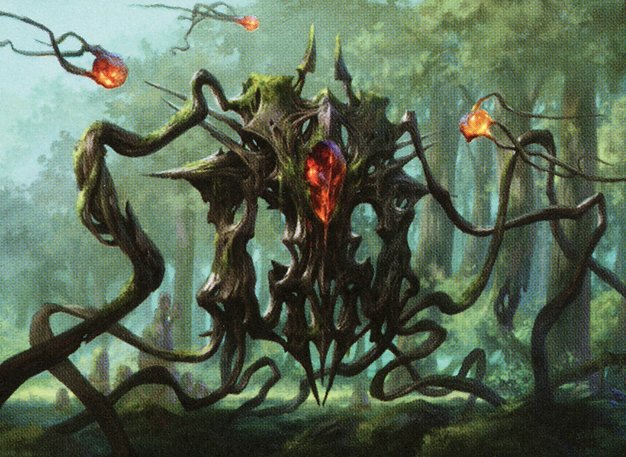
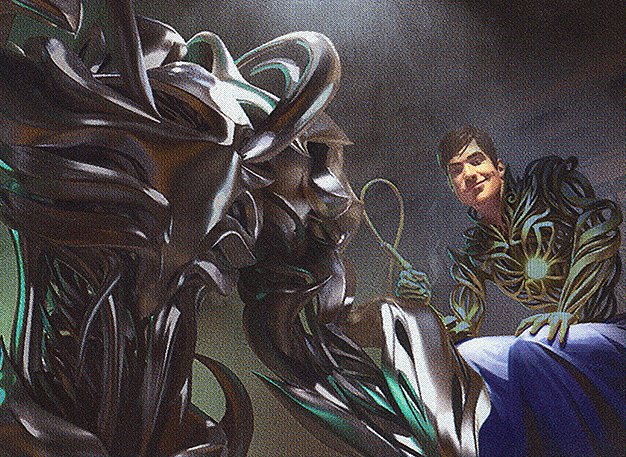
Silas Renn, Seeker Adept and Kodama of the East Tree
A Nissa tribal deck splashing other colors to maximize synergy with Nissa planeswalkers and creatures, focusing on incremental value, board control, and thematic interactions including cards that hinder opposing Nissa planeswalkers.
Gameplay Insights
- 1
The Grixis deck's use of stealing and disruption early in the game created significant tempo swings, forcing opponents to adapt their strategies.
- 2
Homura's flip enchantment provided a crucial anthem effect that allowed the red token deck to recover quickly from board wipes and maintain offensive pressure.
- 3
The Lich tribal deck's resilience through life gain and exile mechanics allowed it to survive multiple removal attempts, making it difficult to remove permanently from the board.
- 4
The Nissa tribal deck incorporated creative anti-Nissa cards, showing a thematic yet tactical approach to countering opponents with similar strategies.
- 5
Ramp spells like Expedition Map and Cultivate were essential for establishing mana bases to cast high-impact spells and activate commanders' abilities early.
Notable Cards
-
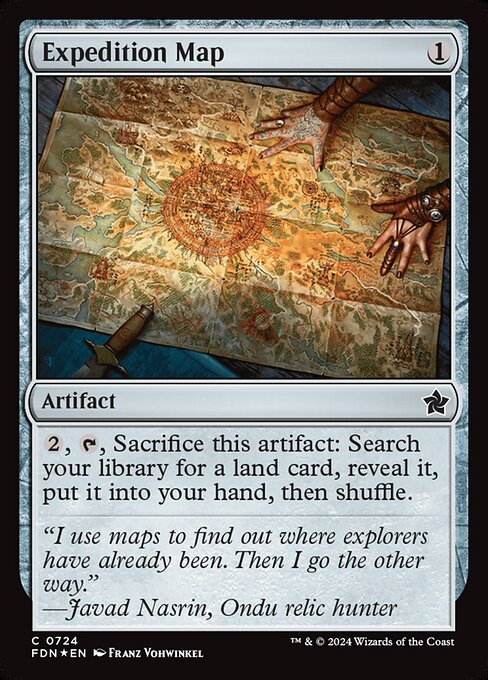
Expedition Map
-

Cultivate
-

Homura, Human Ascendant // Homura's Essence
-

Ludevic, Necro-Alchemist
-

Tevesh Szat, Doom of Fools
-

Morophon, the Boundless
-

Silas Renn, Seeker Adept
-

Kodama of the East Tree
Gameplay Summary
The game started with four distinct decks facing off: a Lich tribal deck focused on life manipulation and permanence protection, a mono-red token aggro deck leveraging Homura's anthem effect, a Grixis steal-and-control deck utilizing the partner commanders Ludevic and Tevesh, and a Nissa tribal deck with additional splash colors aiming for synergy with Nissa cards.
Early plays included ramp spells like Expedition Map and Cultivate to establish mana bases.
The Lich deck aimed to survive by leveraging life gain and exile effects to avoid losing permanents, while the red token deck sought to build a wide board and pump creatures with Homura's enchantment form.
The Grixis deck focused on disruption and stealing key permanents, creating tempo swings by using opponents' resources.
Nissa tribal looked to build synergy with planeswalkers and other Nissa-related cards, including a surprising anti-Nissa planeswalker card to disrupt opposing strategies. As the game progressed, players jockeyed for board control with the Grixis deck targeting key threats early to gain advantage, while the Lich deck tried to maintain a stable board state through its unique life and exile mechanics.
The red token deck aggressively pushed wide creature strategies, taking advantage of the anthem effect to pressure opponents quickly.
Meanwhile, the Nissa tribal deck deployed thematic creatures and planeswalkers to build incremental value and control the board.
Key turning points involved targeted removal and stealing effects from the Grixis deck, which threatened to dismantle opponents' setups.
The token deck's ability to recover quickly from setbacks through Homura's flip enchantment proved crucial in maintaining offensive pressure.
Ultimately, the game revolved around managing life totals and board presence, with players balancing aggression and defense within their thematic strategies.



























![Jeskai Tempo vs. Rograkh & Tevesh [Duel Commander-EDH] - Magic: The Gathering thumbnail](https://i.ytimg.com/vi/tzetvflg4Tc/sddefault.jpg)















